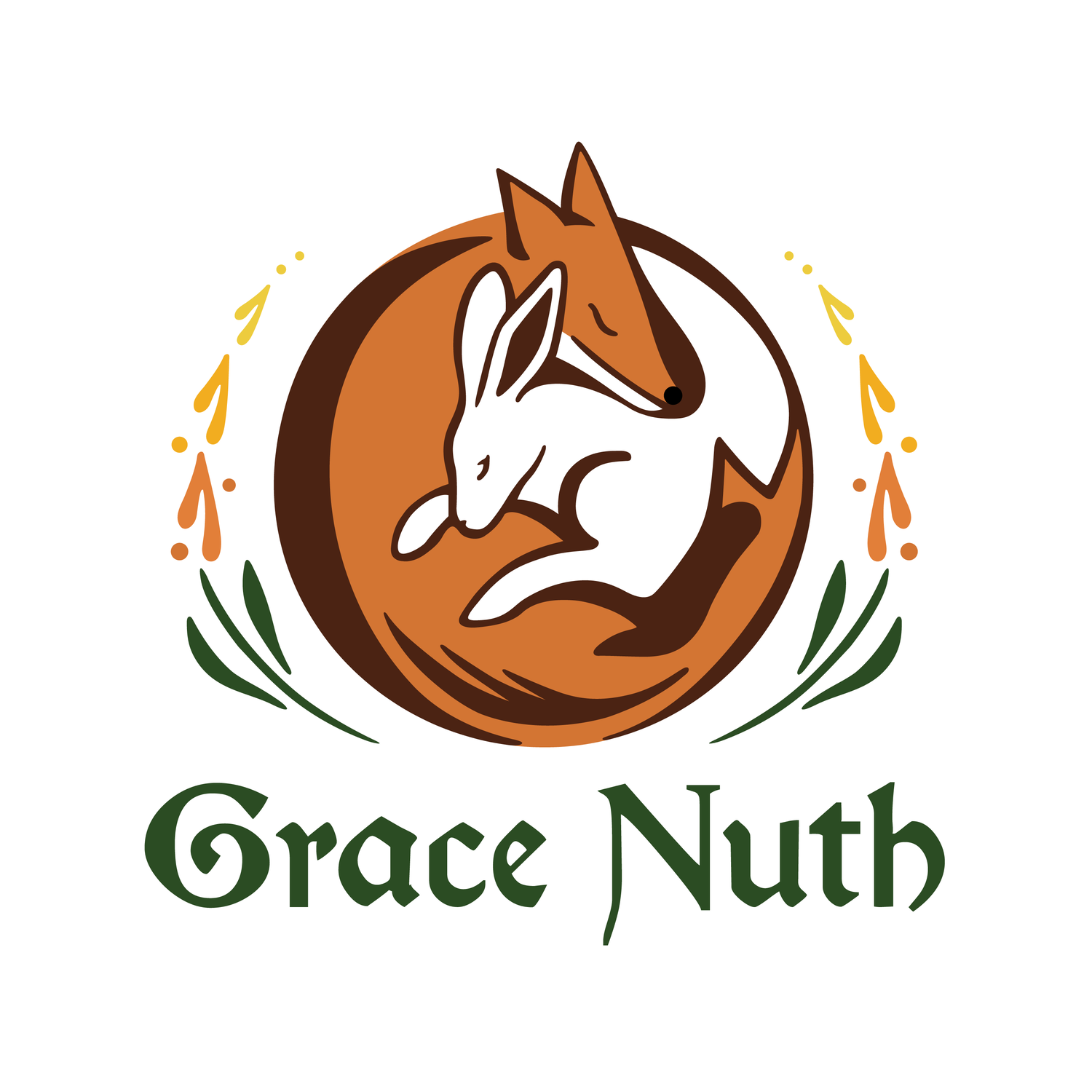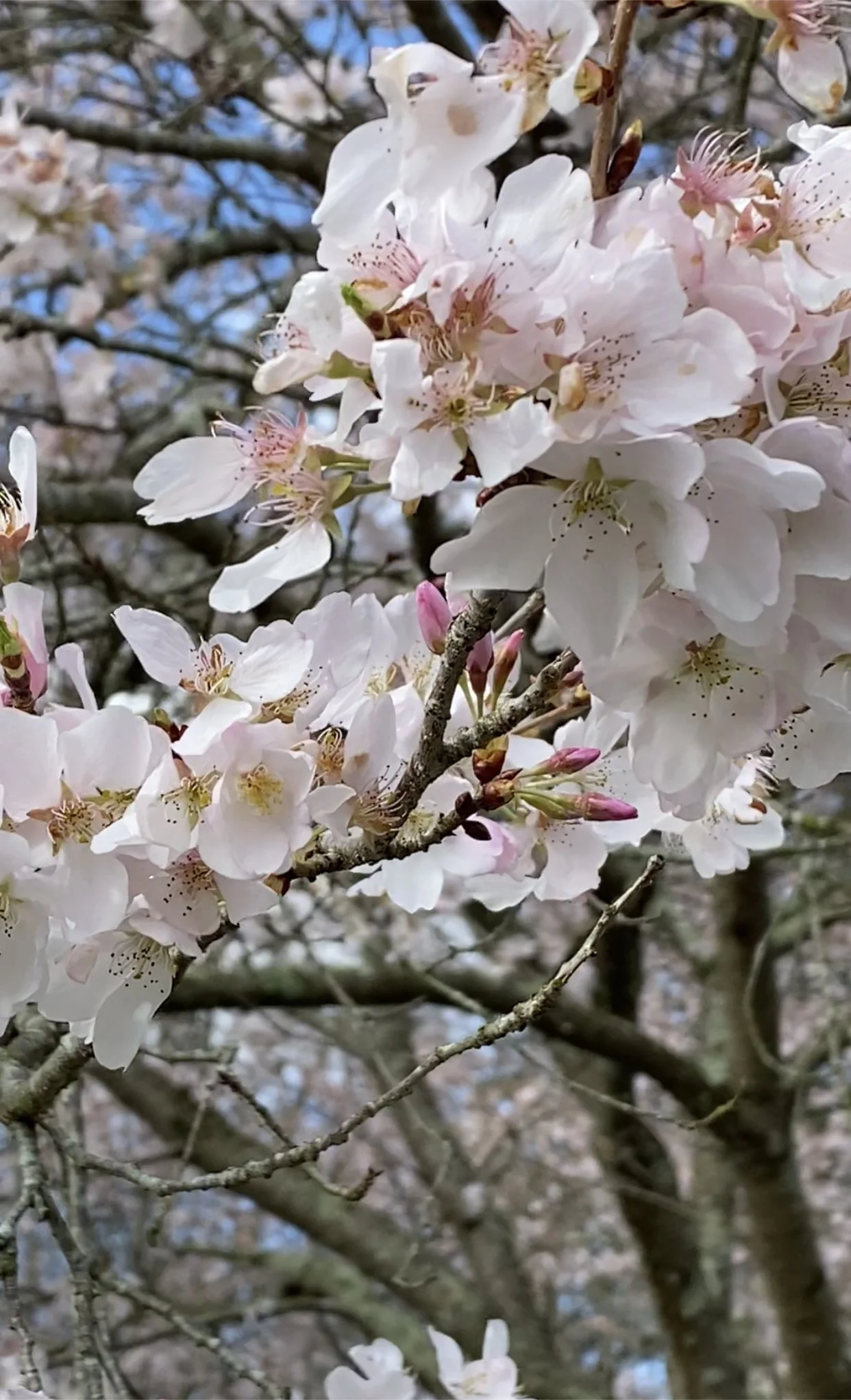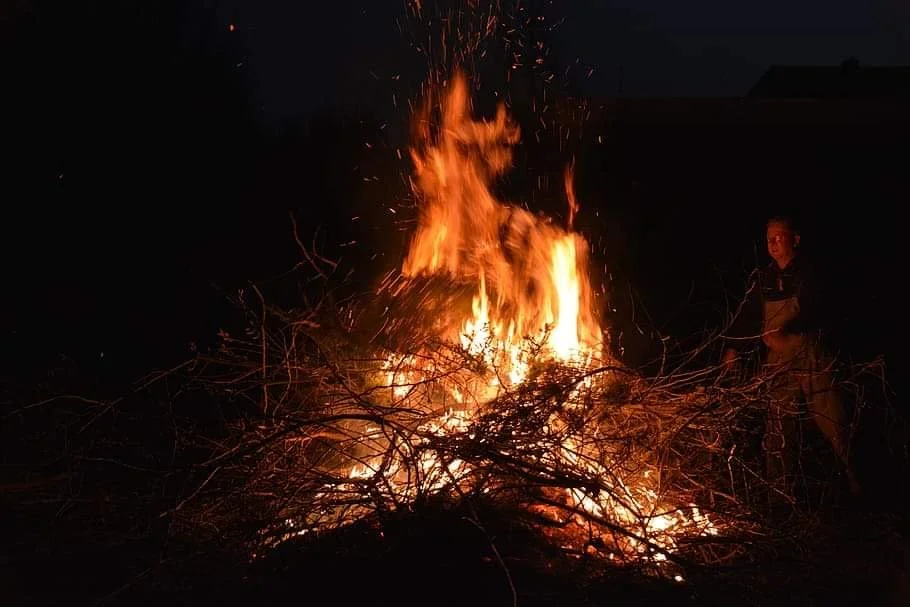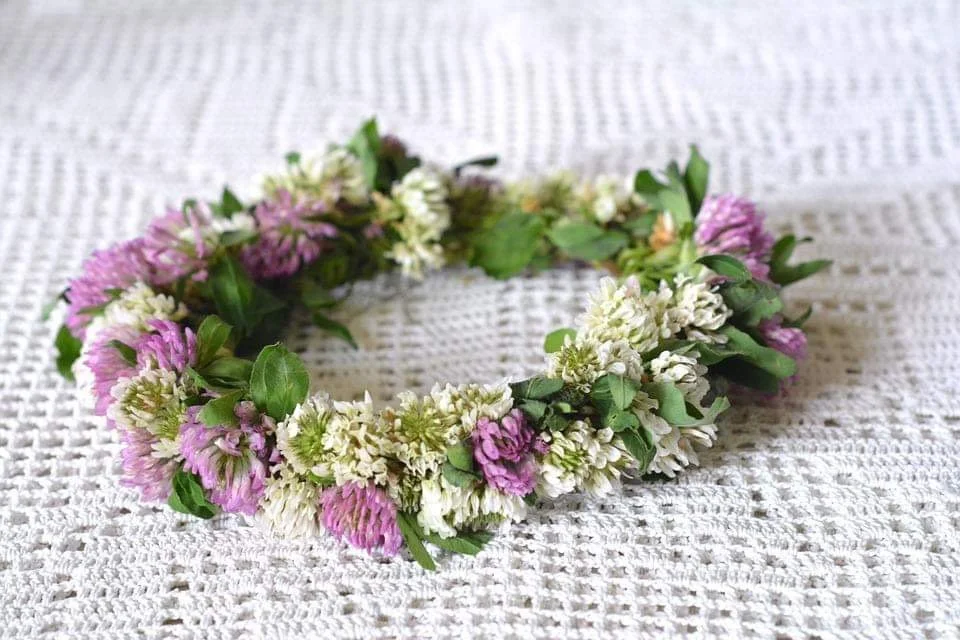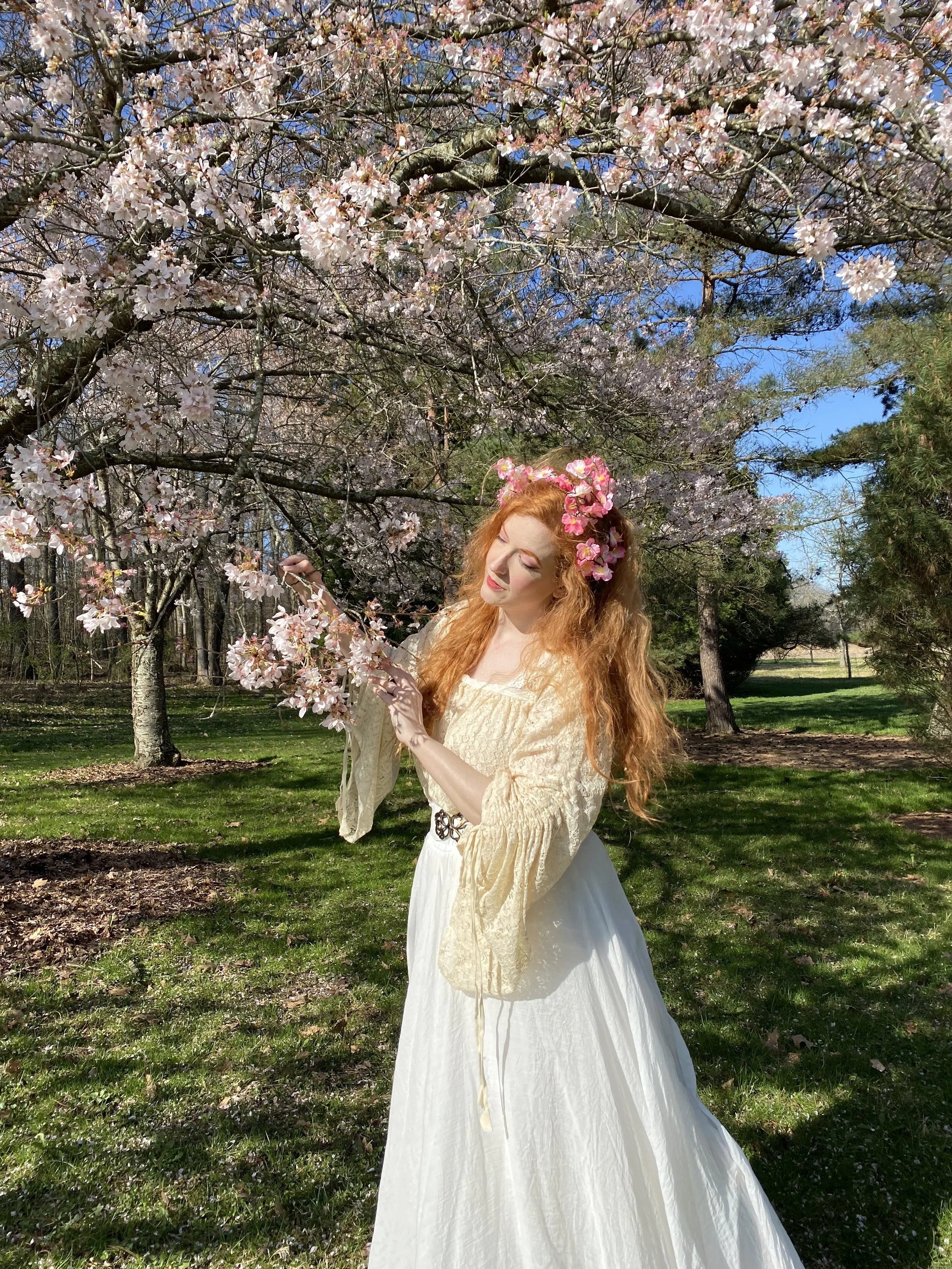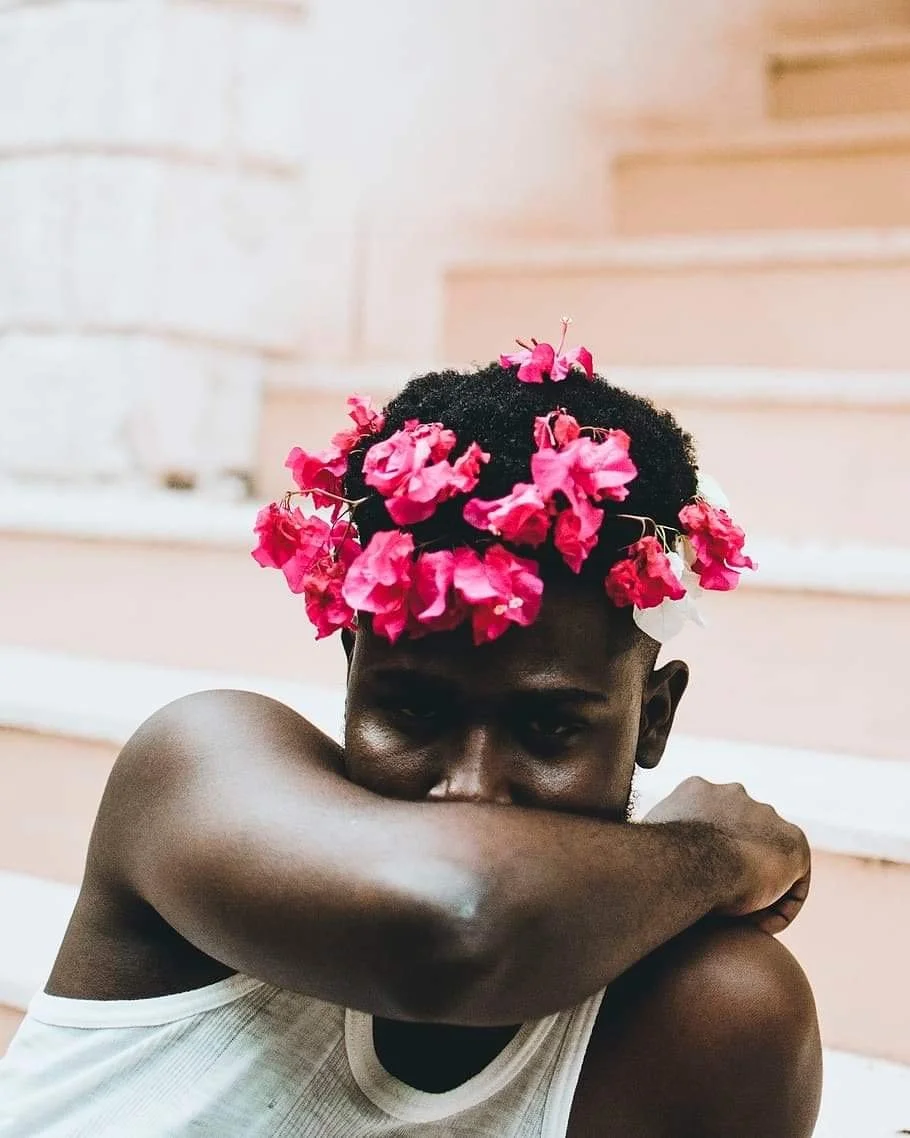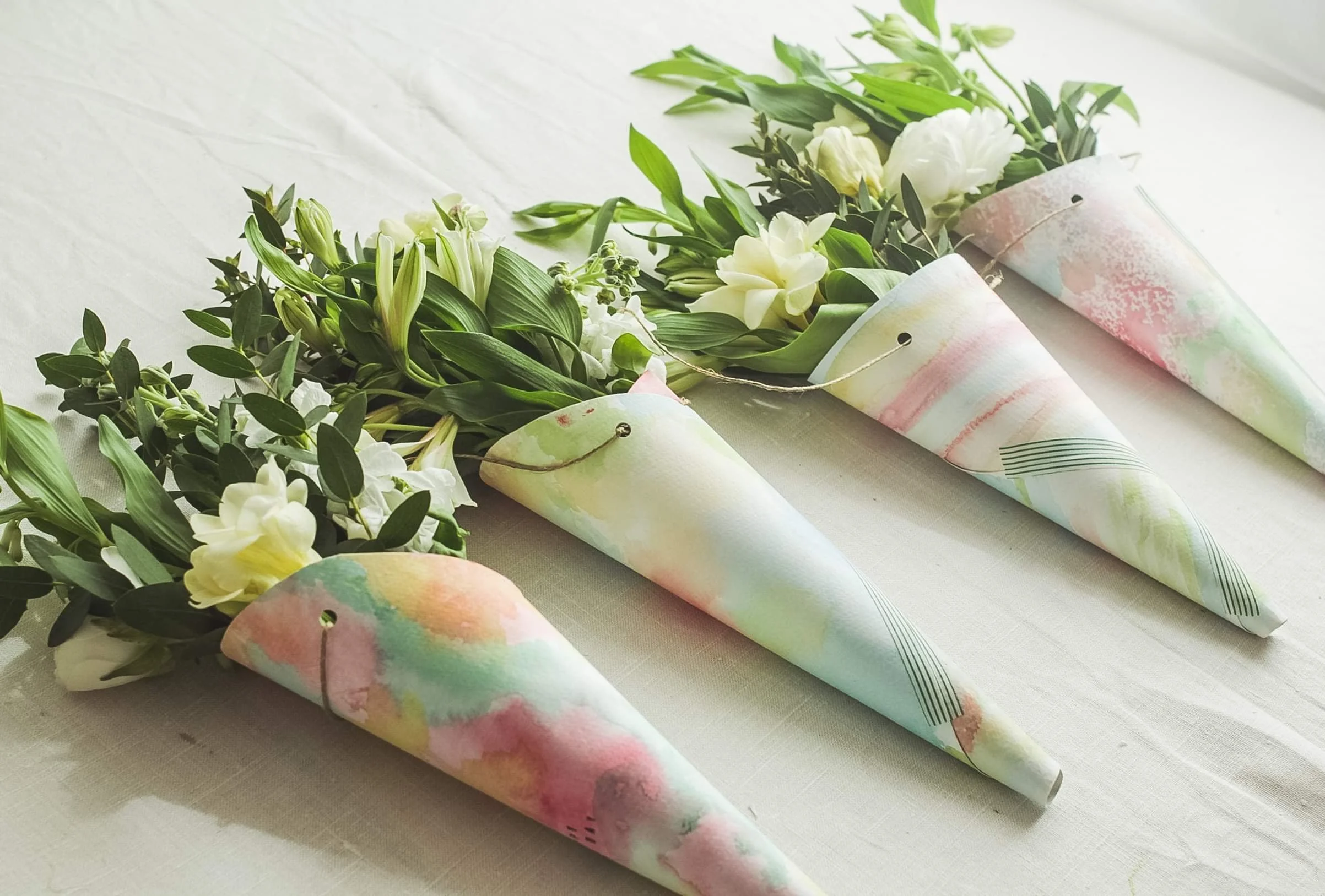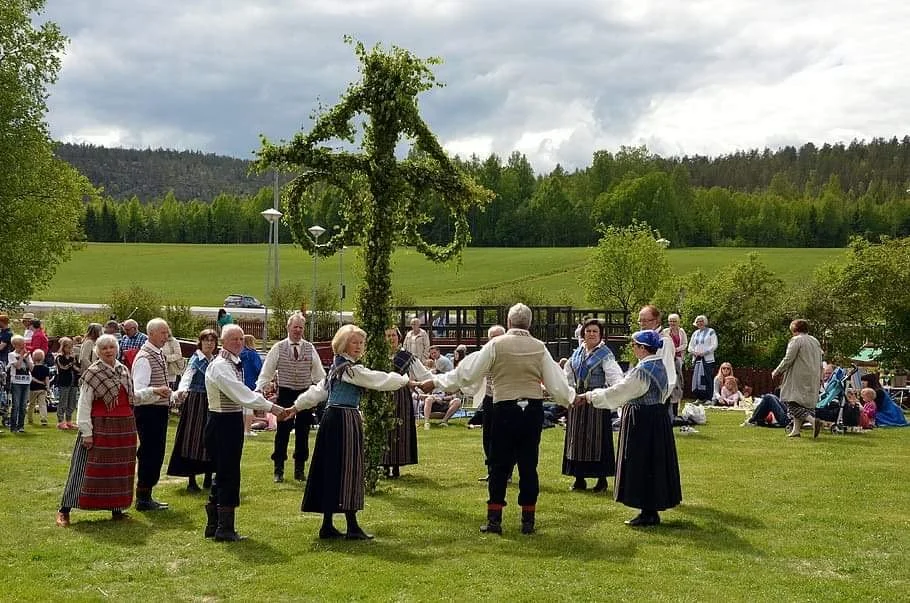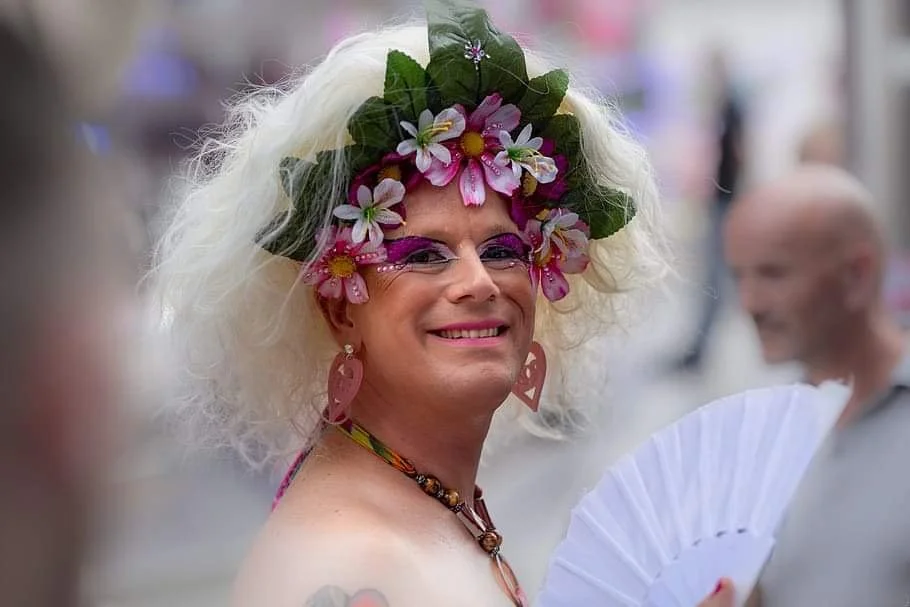Beltane Magic and Inclusive Ritual
/I love Beltane. On the pagan calendar, I would rank it right behind Midsummer and Yule as my favorite of the sabbats. There’s something about the energy behind the holiday, the feverish enthusiasm of the new sun, the spring warm air, the flowers blooming.
Although Beltane brings to mind a roaring fire under a wide night sky, lighting an aromatic candle with intent and ritual can also serve as a catalyst for fire magic. I highly recommend Sihaya and Co.’s “Samhain Dusk” candle (my very favorite one of hers) which smells like bonfire smoke mixed with slight citrus. Unfortunately it’s a seasonal scent only available in fall, but perhaps buy an extra candle then. Or her “Ember and Mallow” candle also has a bonfire energy, with some roasted marshmallows added. (Yum!) And of course if you do have a fire pit, or property suitable for a bornfire, such things are classics for the holiday.
Flower crowns are the accessory of choice for both Beltane and Midsummer. In fact there really are a lot of crossovers between the two holidays, as maypoles are sometimes seen in Midsummer celebrations too. I have a head wreath I made last autumn from the weeded vines of my thornless blackberry. I made it to the measurements of my head, so that I can easily weave fresh blooms into the latticing. Hopefully, if the weather cooperates and I can find some blooms, I will make my own flower crown on Beltane. But just in case circumstance negates it, I (who wears flower crowns almost daily) bought myself a new ready-made one to celebrate the holiday. Flower crowns, by the way, are genderless. Everyone looks magical while wearing one.
May Day posies are another fun way to celebrate the holiday. Buy some paper doilies, or recycle pretty paper you already have, and make some small cones of flowers. Spring may not have oodles of flowers to choose from, so feel free to supplement your options with a bouquet from the local grocery store or a stall at your farmer’s market. Tie a ribbon or string around the top of your cone, and hang your posy on the doors of your neighbors, or anyone who may need a cheer up.
Of course there’s also the archetypal Maypole. If you can’t set up an actual pole in your yard, consider celebrating its symbolism (all that is blooming and growing, the blossoming tree) through other means. Make a bread the shape of a maypole and cover it in edible blossoms. Draw a maypole, or craft a miniature one of ribbons and a dowel.
And remember that Beltane is one of the holidays where the veil between the worlds is thin. Honor the ancestors, leave an offering for the fey. Do a card reading from a faerie oracle.
Here’s where our conversation turns. Have you noticed that in my discussion and suggestions for the holiday so far I’ve made no mention of sex, even though that has become an aspect of the holiday as well? This was on purpose, and relates to the topic of the rest of this blog: inclusivity in public ritual and sabbat discussions.
There’s nothing wrong of course with the sexual aspect of Beltane, but I wanted to show that there are so many other ways to celebrate it and discuss it as well. What if you had a friend or an acquaintance who was asexual, and wanted to celebrate Beltane with a group? It could be quite uncomfortable to attend a ritual that was oozing with references to Beltane being a holiday for sexual celebration only.
I’m not asking anyone to pretend anything away or censor everything completely. I simply want you to think about language. Instead of saying things like “those with partners will want to celebrate the holiday through sexual expression, expressing the fertility of the spring earth,” one could say “one aspect of celebration for some is to…”
Just as there is no one right way to perform ritual and celebrate a sabbat, there is also no one way to be a human. And humans come in a spectrum of sexualities, gender, and expression.
What are some other ways to make your group Beltane ritual more inclusive? Focus on broad descriptions. For Beltane, explain that it is a holiday of fruitfulness, abundance, indulgence and affection. Focus on the earth’s ripening and awakening. And definitely consider those of all genders when choosing and crowning a May Queen. What a celebration that would be!
In future rituals as well, consider more than just asexual inclusivity in discussions of sexual ritual, but also non-binary pagans by going beyond maiden/mother/crone and dualistic energy, and gay and lesbian pagans by avoiding a narrow focus on traditional heterosexual relationships.
Basically, when you prepare a group ritual, or a conversation about a sabbat or other pagan holiday, ask yourself “if a member of a marginalized community was planning to attend, would I have to change this ritual for inclusivity?” If the answer is yes, then change it, whether you know someone is coming or not. I suspect you might have someone there at your event even if you’re unaware of it.
Instead of just the Lord and Lady, perhaps mention the fae as well, those of varying identities and liminal borders. Liminality is a huge part of paganism for some, and definitely a state of being that celebrates the spectrum of human experience.
Like in any group event, normalize pronouns when introducing yourself and others at a ritual or pagan gathering.
Do not appropriate marginalized cultures. If you don’t know anything about a god from another pantheon, then don’t add them in to your ritual in a token way.
I’m not asking you to change your own personal faith and practice, unless it is bigoted or racist. Whomever you follow or honor—the goddess of sex, the horned god, the queer ones— do what calls to you. I am requesting, however, that you give space to perspectives outside your own (every time), and pay close attention to the words you use in group settings. May our words convey what’s in our hearts to truly create a space that is welcome and safe for all.
